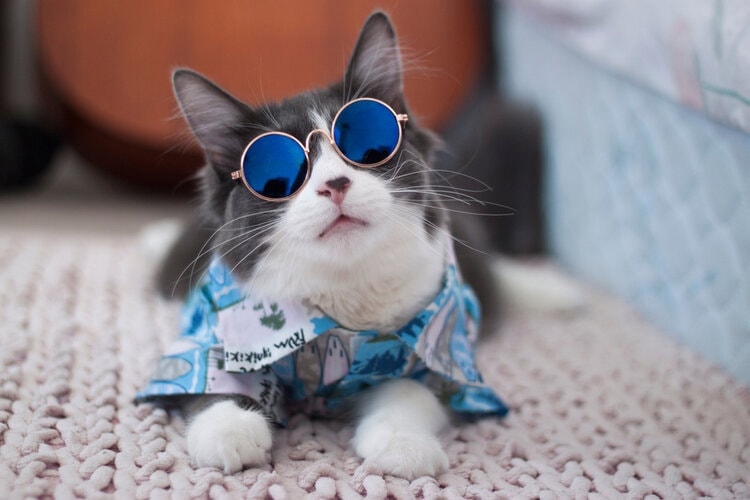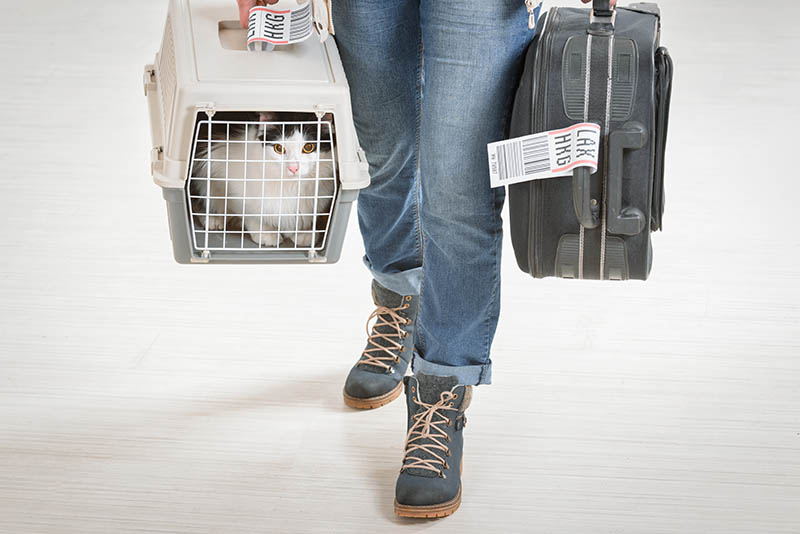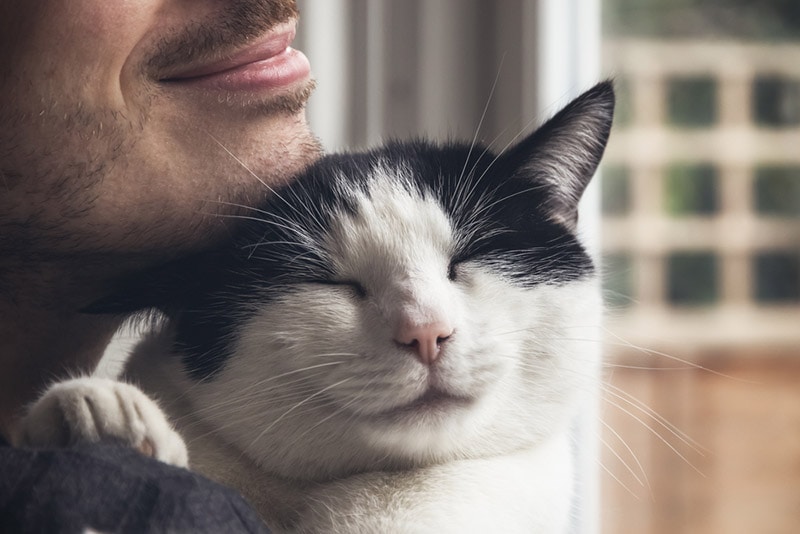How Big Do Munchkin Cat Get? With Growth & Weight Chart
Updated on
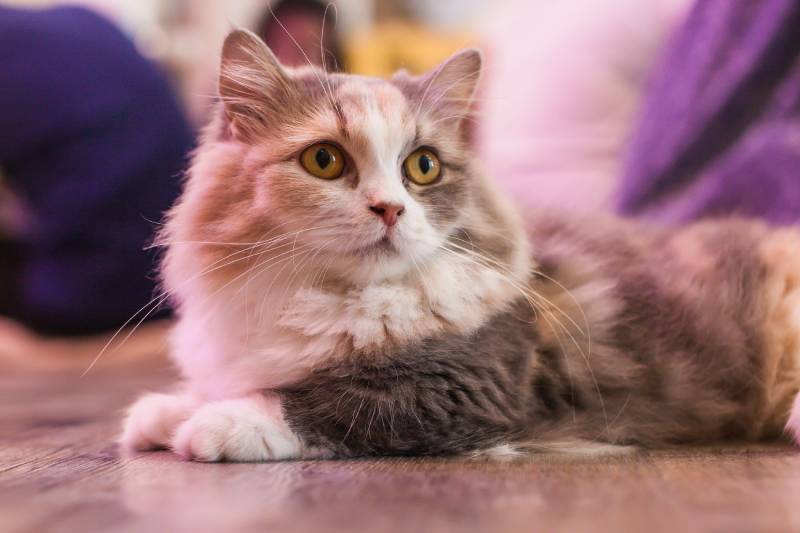
Click to Skip Ahead
Munchkin cats are cute and fluffy and can have a variety of different coat colors and patterns. These are medium-sized cats, so their size in general isn’t all that “munchkin” compared to most other breeds.
What inspired their name is their short legs, which make them look like they walk close to the ground. This trait is due to a gene mutation. These cats are sociable and loyal but don’t mind spending time at home alone. So, how big can a Munchkin cat get, and when do they stop growing? Here’s what you should know before deciding to bring this unique cat breed home.
Munchkin Cat Size and Growth Chart
Like all cat breeds, Munchkin cats are tiny when they are first born — they can easily fit into the palm of your hand! Like most other cat breeds, they tend to grow quickly and usually reach their full growth and weight potential by the time they are 1 year old. These cats typically stand at about 7 inches tall when fully grown, so they are visibly shorter than the average cat.
| Age | Weight Range |
| 2 Weeks | 0.37–0.875 lbs. |
| 8 Weeks | 1.4–2.6 lbs. |
| 12 Weeks | 3–5 lbs. |
| 6 Months | 4–6 lbs. |
| 9 Months | 5–8 lbs. |
| 12 Months/Adult | 7–9 lbs. |
- Sources: My British Shorthair, Pet Educate
When Does a Munchkin Cat Stop Growing?
Munchkin cats do most of their growing during the first year of their life, and they typically don’t grow much, if at all, once they get into their second year. Therefore, the size and weight of a Munchkin cat at 1 year old are likely the size and weight that they will be for their lifetime. It’s important to note that there is no fixed rule about this. Sometimes, it takes a cat longer to fill out than is typical, and some might grow faster.
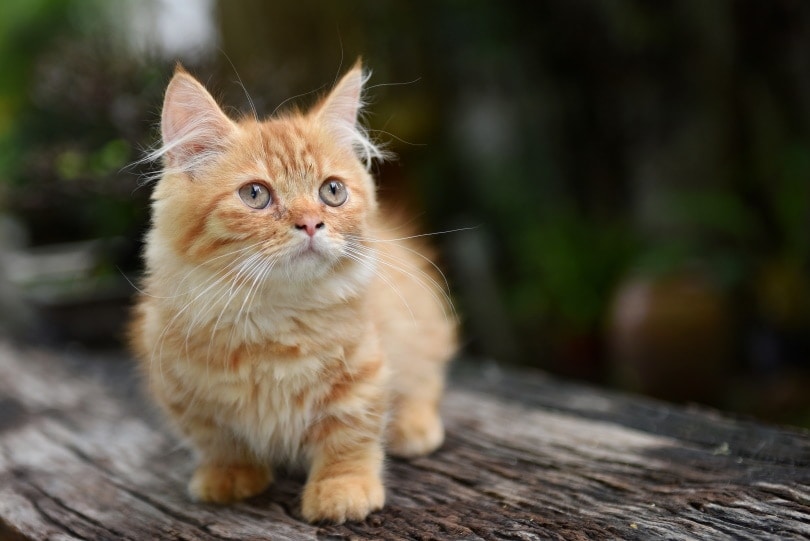
Factors Affecting the Size of Munchkin Cats
There are a few things that can affect the overall size and weight of a Munchkin Cat, which should be considered before deciding to adopt this breed. Some factors can be controlled, while others cannot. Here are the most common ones that you should know about:
- Breeding Practices: Certain breeders can be careless about the quality of a cat’s health and lineage when breeding them. This can cause a Munchkin cat to grow slowly or even end up being smaller than the average Munchkin.
- Nutrition: If a Munchkin cat doesn’t get the nutrition that they require as kittens, they may not grow to their full potential as adults. These cats need plenty of protein to thrive. They should receive high-quality commercial food to ensure that they get all the vitamins and minerals that they need for bone and growth support.
- Sex: Female Munchkins tend to be smaller than males overall, which is typical for most cat breeds. This is not always the case, though, as there are females out there that are considerably bigger than their male counterparts.
Ideal Diet for Maintaining a Healthy Weight
The ideal diet for a Munchkin cat is high in animal protein and low in carbohydrates and artificial ingredients. Quality commercial foods designed just for cats contain all the nutrients that they need to grow into and maintain a healthy weight and lifestyle. The key is to choose foods that include real animal meat as the first ingredient.
Dry food is convenient and easy to store, but cats tend to enjoy eating wet food more. Owners who prefer to be hands-on when feeding their cats can take advantage of fun and tasty vet-approved recipes to make at home!
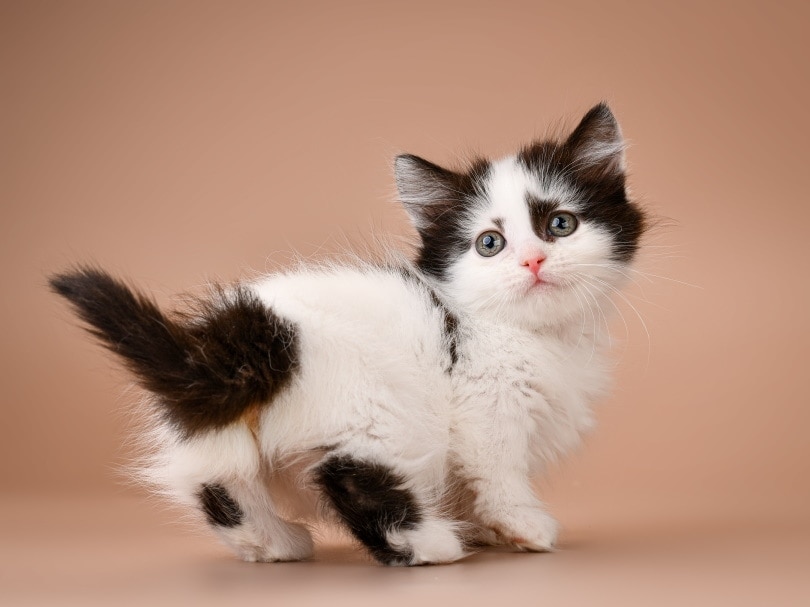
How to Measure Your Munchkin Cat
To measure a Munchkin cat, you’ll need a fabric tape measurer, a piece of paper, and something to write with (or a note app on your smartphone). Verify your cat’s length by holding the tape measurer from the base of the tail (at the butt) to their nose and recording the measurement. Verify their height by measuring from the floor to the base of their neck (at the top of the chest) while they are standing upright.
Facts About Munchkin Cats
1. They Are Controversial
While Munchkin Cats are recognized by the International Cat Association, many other organizations decline to recognize the breed due to the controversy surrounding them. Critics worry about the health implications of the “short-leg” gene mutation that this breed carries. The Universities Federation for Animal Welfare explains that their short legs can inhibit these cats from enjoying full mobility and high quality of life and can result in the development of problems such as osteoarthritis.
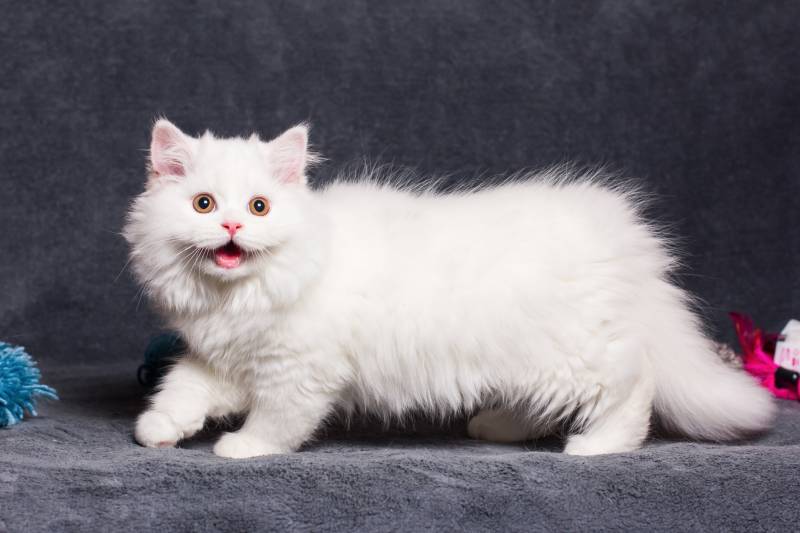
2. They Are Surprisingly Frisky
The Munchkin cat might have short legs, but this does not seem to stop them from being are curious and playful as possible. They love playing with toys and will turn anything from a paper bag to a fallen chip into something to play with. These cats also happen to be fast when they run!
3. The First Munchkin Cat Was a Stray
There is documentation of short-legged cats in the 20th century in places like Russia and Great Britain. However, it wasn’t until the 1980s that the Munchkin cat breed was created. A teacher named Sandra found a stray cat with short legs and decided to rescue the feline, which she named Blackberry. This cat had babies and she gave one to a friend.
That friend let their cat roam outside, so she ended up with many short-legged cats running around. Susan and her friend realized that they had developed a new cat breed. From there, the Munchkin Cat was established. The breed was accepted into the International Cat Association’s new breed development program in 1994 and went on to earn championship status at the association in 2003.
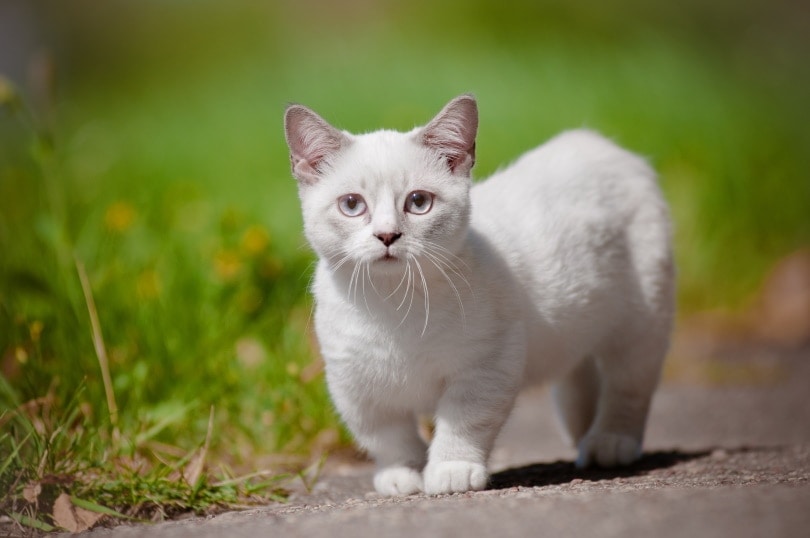
Final Thoughts:
Munchkin cats may have short legs, but they have a large amount of character! They are cute, cuddly, and fun to hang out with. They make great family pets and don’t mind staying home alone while everyone is at work and school. However, they are sociable, so they require daily interactions and plenty of playtime with their family members.
Related Read:
Featured Image Credit: Twinsterphoto, Shutterstock
